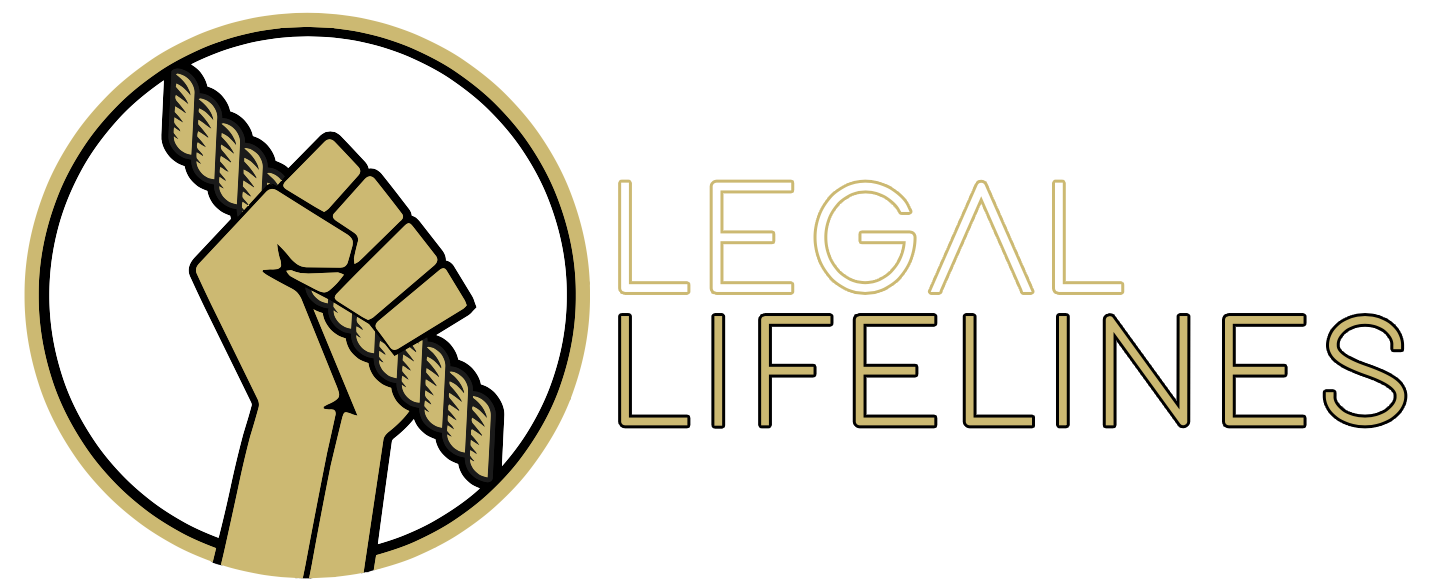Discrimination in Criminal Justice: Four Analytical Steps for Lawyers
Discrimination has always existed in the criminal justice system1. But, in the last decade, analysis and awareness of discrimination have grown significantly. Despite these developments, criminal lawyers’ understanding of discrimination can be limited and out of date. In this post, I aim to help. I outline an introductory framework for criminal lawyers to consider whether their clients have suffered discrimination and, if so, how best to address it.



Alex Benn
Alex Benn is a lecturer in law at University College, Oxford, focusing on criminal law and discrimination law. Alex is currently undertaking pupillage with Red Lion Chambers.
"I try to put the law in its broader context as a tool of powerful groups, which involves looking at the widespread discrimination that exists in criminal justice."
How Is the Discrimination Legally Relevant?
Even if the form of discrimination isn’t recognised as a protected ground in law, it may be legally relevant in other ways. One illustration comes from the law of confession evidence. When interpreting ‘oppression’ under section 76(2)(a) of the Police and Criminal Evidence Act 1984 (PACE), any form of discrimination may be important. For instance, if police officers refer to a suspect by using misogynist, classist and/or racist slurs during an interview, the concept of discrimination may help you to show the severity of unfair treatment.
Beyond the usual claims under the Equality Act and judicial review, other places where discrimination may be relevant in criminal justice include:
- Complaints to the IOPC (above) and other regulatory bodies.
- The prohibition of ‘degrading’ treatment for the purposes of Article 3 of the European Convention on Human Rights13.
- The defendant’s perception of circumstances in certain defences, such as assessing reasonable force in self-defence14 and the gravity of the situation in the partial defence of loss of control15.
- Cross-examination of police officers and others involved in the investigative process. This applies, in particular, to certain investigative tools with discriminatory biases, such as the Gangs Matrix16.
- Mitigation in sentencing, usually when the discrimination relates to the circumstances in which the defendant committed the offence(s).
- Monitoring language used in court proceedings, especially when it comes to words and phrases likely to prevent everyone in the courtroom understanding the proceedings17. This may also justify an objection during examinations when an advocate uses discriminatory language and ideas (such as pushing a characterisation of a black witness as ‘angry’ without clear, supporting evidence).
With discrimination saturating criminal justice, these steps only scratch the surface. Still, they may help lawyers to become more familiar with discrimination and to consider how to combat it by using tools that already exist.
Free and independent legal advice
You will never be penalised for asking for legal advice. It is your legal right and it is free of charge.
Remember: the law is complex and it never hurts to get expert advice, even if you are sure you have done nothing wrong.
Ask for Michael Herford and he, or one of his specialist team will provide you with a Legal LifeLine when you need it most.
- For just one well-known example, see The Stephen Lawrence Inquiry (‘The Macpherson Report’, 1999).
- For a similar conceptual framework, consider Tarunabh Khaitan, A Theory of Discrimination Law (2015) 155.
- Crenshaw, ‘Demarginalizing the Intersection of Race and Sex’ (1989) University of Chicago Legal Forum 139; Cho, Crenshaw and McCall, ‘Towards a Field of Intersectionality Studies: Theory, Application, and Praxis’ (2013) 38(4) Signs 785.
- Crenshaw, ‘Demarginalizing’ (above) 139-140.
- For discussion of classism and racism in policing, see Akala, Natives: Race and Class in the Ruins of Empire (2018) 174-178. More generally, see Jones, Newburn and Reiner, ‘Policing and the Police’ in Liebling, Maruna and McAra (eds), The Oxford Handbook of Criminology (2017) 769.
- For more, see Benn, ‘The Big Gap in Discrimination Law: Class and the Equality Act 2010’ (2020) 3(1) Oxford Human Rights Hub Journal 30, available at ohrh.ox.ac.uk and ssrn.co.uk.
- Equality Act 2010, s 4.
- Crime and Disorder Act 1998, ss 28-32; Criminal Justice Act 2003, ss 145-146.
- Law Commission, Consultation Paper No 250 (2020), available at lawcom.gov.uk; Benn, ‘Classism, Hate Crime and the Law Commission’s Consultation Paper 250: Lessons from Discrimination Law’ (12th February 2021) Oxford Human Rights Hub Blog, available at ohrh.ox.ac.uk.
- IOPC, Guidelines for Handling Allegations of Discrimination 2.
- IOPC, Guidelines (above) para 1.8, though there is no reference to classism in the guidance.
- Bar Standards Board Handbook (December 2020), e.g. rC12; Judicial College, Equal Treatment Bench Book (February 2021) 298.
- See the relevance of age in Bouyid v Belgium App No 23389/09 (28th September 2015) ECtHR.
- Criminal Justice and Immigration Act 2008, s 76(3).
- Coroners and Justice Act 2009, ss 54(1)(c), 55(4).
- Amnesty International, ‘What Is the Gangs Matrix?’ (18th May 2020), available at amnesty.org.uk; Nwosu, ‘The Gangs Matrix – Racialised Policing & How Lawyers Are Pushing Back’ (17th August 2020) Legal Lifelines, available at legallifelines.co.uk.
- E.g, on avoiding language in court that discriminates against trans and gender non-conforming people, see Judicial College, Equal Treatment Bench Book (February 2021) 340-341.


